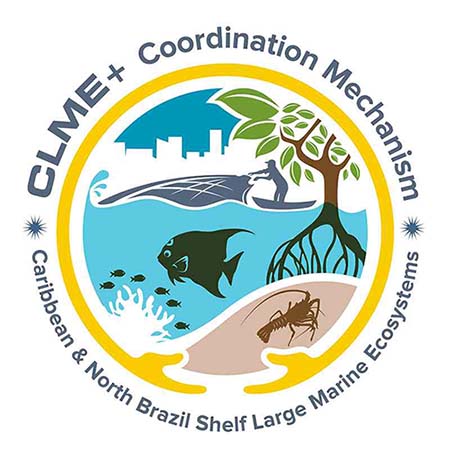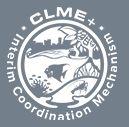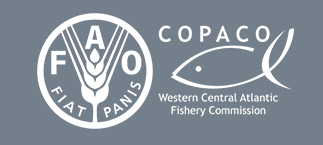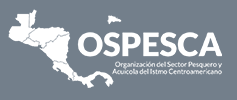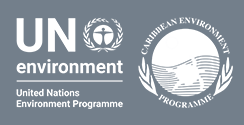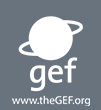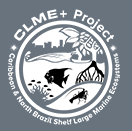Improving the management of the invasive lionfish (Pterois volitans) by determining movement patterns and depth preference
Brief Description:
Contributions to the 2030 UN Sustainable Development Agenda (SDG’s)



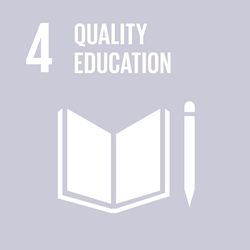

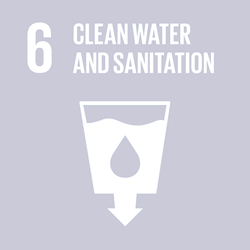
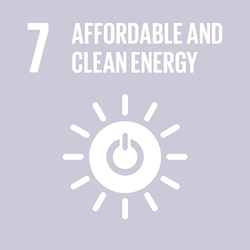
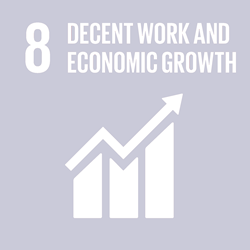

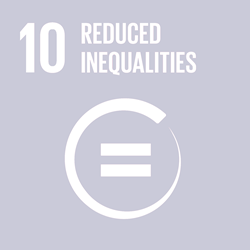
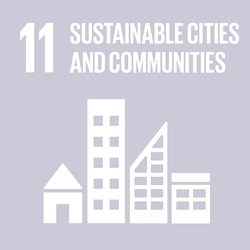
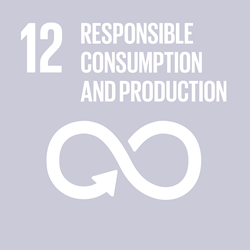
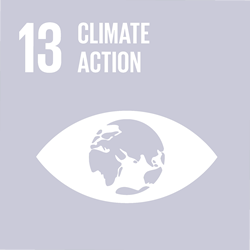
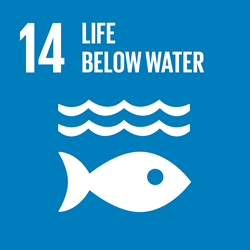
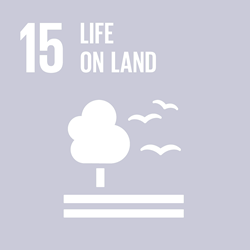

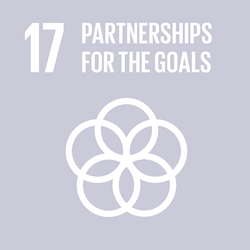
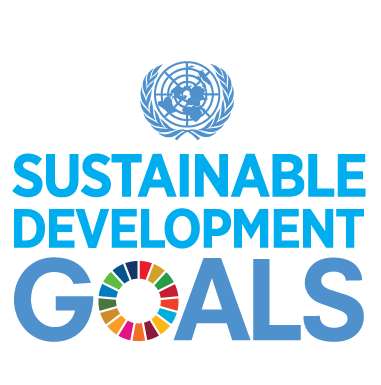
Other Regional and Global Commitments
The overall goal of the project is to identify new ways to limit the ecological and economic impacts of invasive lionfish both locally and regionally. Acoustic tags were surgically implanted in 30 lionfish during the first of two tagging phases. tagging have strong site fidelity and are not moving great distances on the continuous deep reef wall. They are staying with 200m horizontally of where they were first tagged. However, many lionfish are making regular vertical movements to depths beyond recreational dive limits. lionfish appear to be subject to predation from native predators at rates much higher than previously suspected. Acoustic data indicates that between (14-32%) of tagged lionfish were preyed upon up to 3 months post-tagging. Nurse sharks are thought to be the primary predator, as the project team encountered difficulties with these native predators on numerous tagging dives. Data gathered from these tags regarding horizontal and vertical movement patterns of these lionfish will inform future management plans. This is a BEST 2 initiative project.
El objetivo general del proyecto es identificar nuevas formas de limitar los impactos ecológicos y económicos del pez león invasor tanto a nivel local como regional. Las marcas acústicas se implantaron quirúrgicamente en 30 peces león durante la primera de las dos fases de marcado. el marcado tiene una gran fidelidad al sitio y no se mueve grandes distancias en la pared continua del arrecife profundo. Se quedan a 200 m horizontalmente de donde fueron marcados por primera vez. Sin embargo, muchos peces león realizan movimientos verticales regulares a profundidades más allá de los límites del buceo recreativo. El pez león parece estar sujeto a la depredación de los depredadores nativos a tasas mucho más altas de lo que se sospechaba anteriormente. Los datos acústicos indican que entre (14-32%) de los peces león marcados fueron depredados hasta 3 meses después del marcado. Se cree que los tiburones nodriza son el depredador principal, ya que el equipo del proyecto encontró dificultades con estos depredadores nativos en numerosas inmersiones de marcado. Los datos recopilados de estas etiquetas con respecto a los patrones de movimiento horizontal y vertical de estos peces león informarán los planes de gestión futuros. Este es un proyecto de iniciativa BEST 2.
Lead Organization : Central Caribbean Marine Institute
Donor: European Commission Directorate General for International Cooperation (DG-DEVCO)
Project ID:
Geographic Scope:
National
Project Status: Completed
Start Date: 2017-01-01
End Date: 2018-01-07
Last Update: 11/01/2021
Start Date: 2017-01-01
End Date: 2018-01-07
Project Profile Manager: Allison Candelmo
Contact Email: acandelmo@reefresearch.org
Contact Phone:
Contact Email: acandelmo@reefresearch.org
Contact Phone:
Partners:
Grant (USD):
$110,042.00
Total co-financing (USD):
$0.00
(Co) financing not originating from GEF:
Participating Country(s):
 Cayman Islands
Cayman Islands
 Cayman Islands
Cayman Islands Contributions to the 10-year CLME+ Strategic Action Programme (2015-2025)
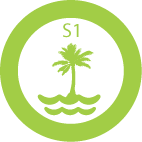
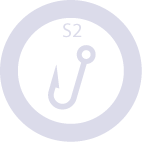

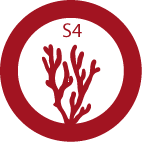
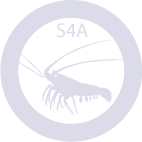
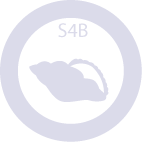
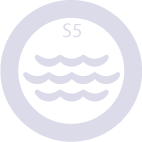
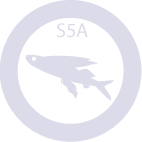
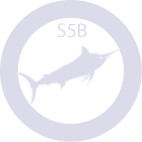

Please click on the colored SAP Strategy icon to obtain more information on the specific SAP Actions this initiative is contributing to (double-click to hide again)
Contributions to the 2030 UN Sustainable Development Agenda (SDG’s)


















Please click on the SDG14 colored icon to see to which specific SDG14 targets this initiative is contributing.
Other Regional and Global Commitments
